Recently I was invited by Weleda to get to know their wonderful plant garden and the calendula fields. What I could discover, I would like to tell you today.

On the first day I reached our residence the castle Staufeneck in the evening in Salach near Stuttgart. After an aperitif on the terrace we went to the in-house restaurant, where we were pampered with in-house specialties, who has followed my instastories, surely still remember the fake tomato.
Because we needed to appear early the next morning on the Calendulafields to harvest, it was time to go to sleep. In the morning, this wonderful view from my hotel room awaited me.
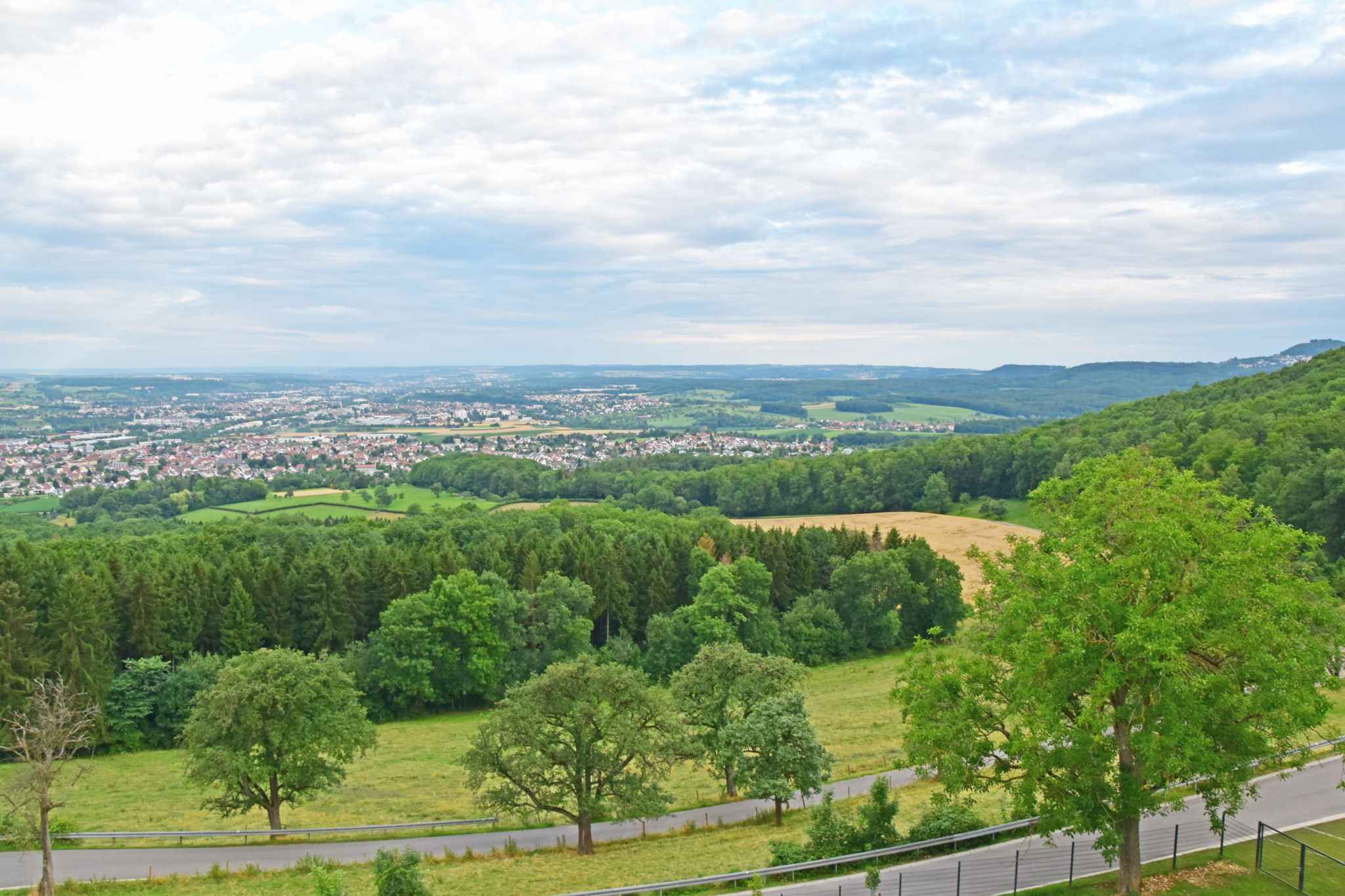
After breakfast, we set off for the Calendulafields in all its beauty. We harvested calendula flowers together.
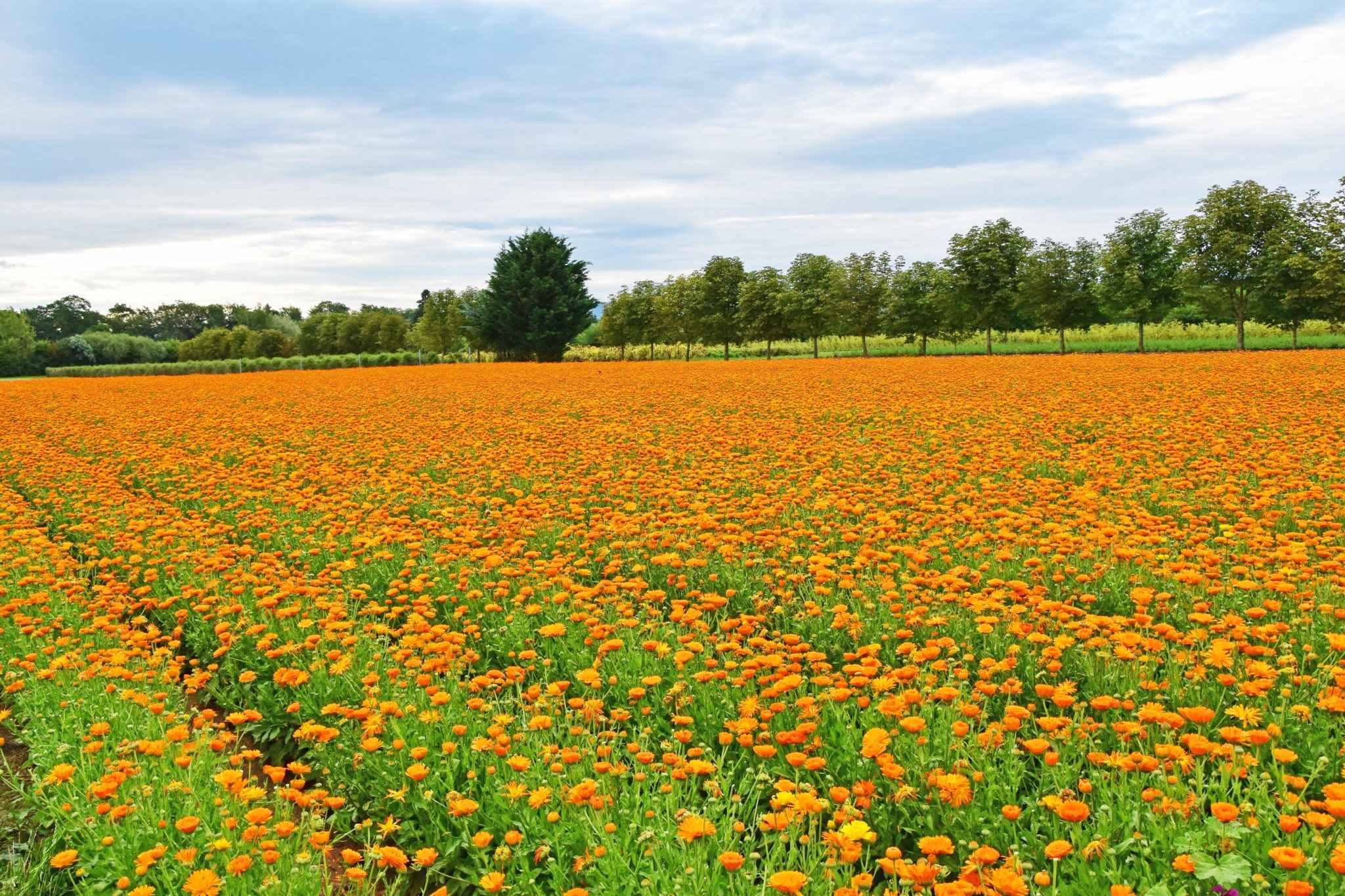
The calendula flower is used both in natural cosmetics as well as in conventional cosmetics as well as in medical products. It is particularly used in skin and wound care. Because the calendula supports the skin in its functions and surrounds it with a protective covering. It is aimed at preservation and regeneration, says Michael Straub.
After some time on the Calendulafeld we were allowed to enjoy a little strengthening.
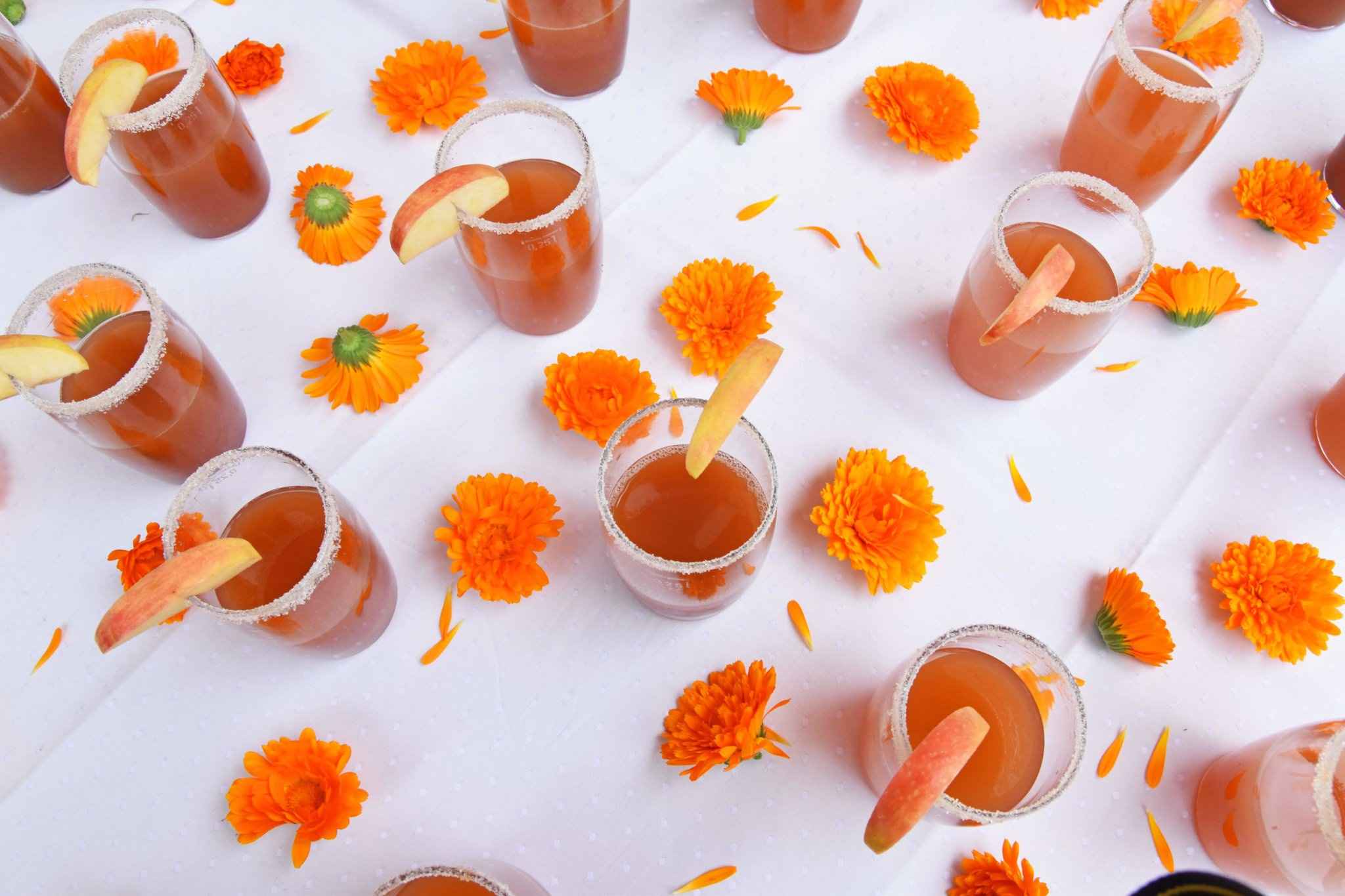
Afterwards, the Weleda plant expert Michael Straub led us through Weleda’s medicinal garden. The medicinal plants cultivated there are mainly used for the production of weleda products. A shadow tunnel was created for the medicinal plant Hirschzungenfarn to create optimal growth conditions as they are in a forest. Also the ducks feel themselves at home like many insects probably in the biological environment. The root box was also impressive, because the whole size of a plant unfolds under the earth. In the greenhouse, on the other hand, the passion flowers feel. In biologically dynamic cultivation there are about 250 plant species in the medicinal plant, about 140 plants are used for weleda products, the rest are used to preserve the natural balance.
With our harvested calendula blossoms, we were able to enjoy a wonderful foot care bath. Before we could enjoy the delicious lunch in the adventure center.
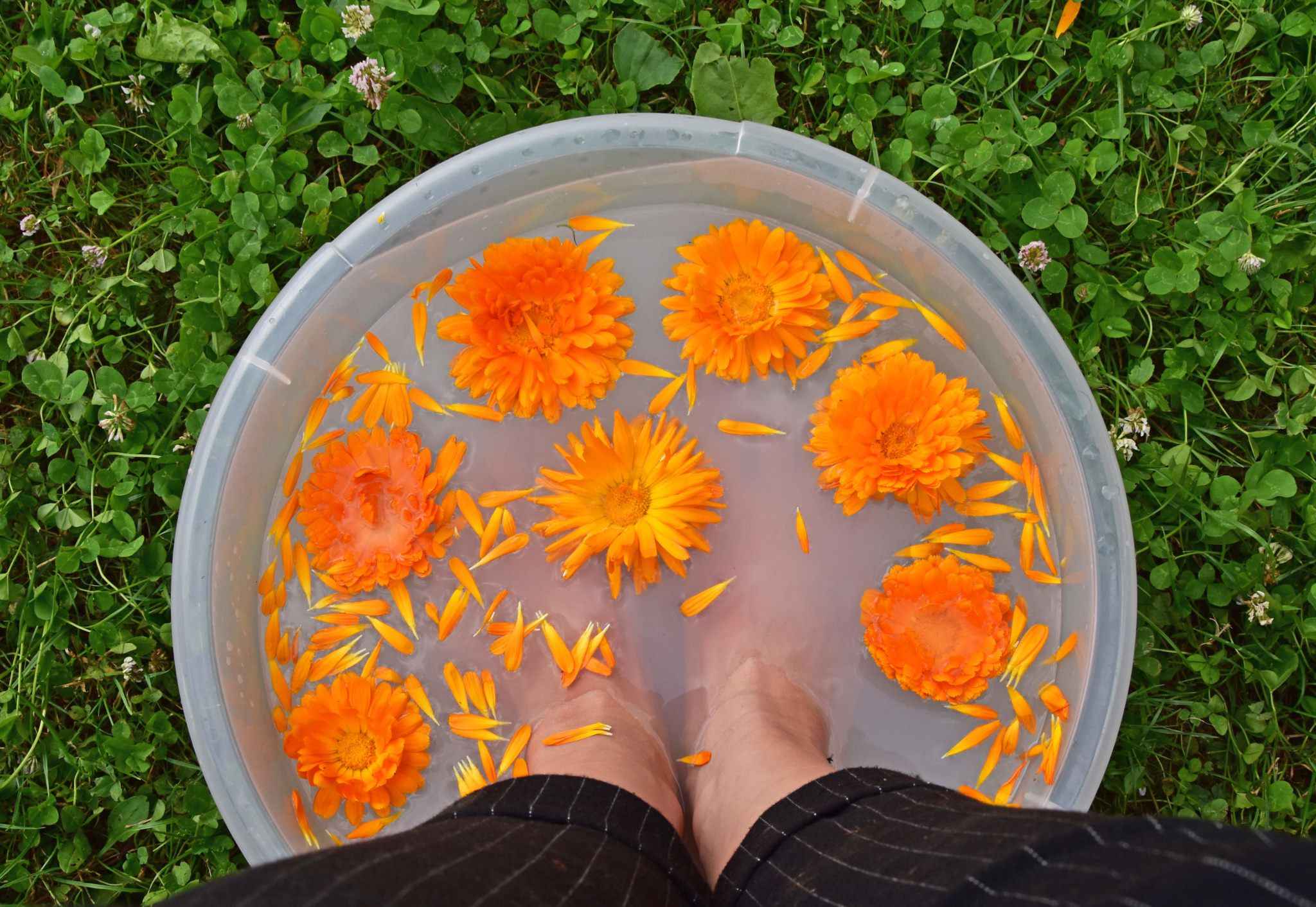
In the afternoon, Weleda expert Torsten Arncken gave an interesting and instructive lecture on anthroposophical plant surveys. This is about the fact that the precise and pure sensory perception is so intensively connected with the plant that the relationship between it and the human being and its specific effect can be read and understood. The methodical approach starts with the plant, the growth, the aroma, the taste and the connection with the surroundings, says Torsten Arncken. We were also able to closely observe the calendula from the seed to the grown plant.
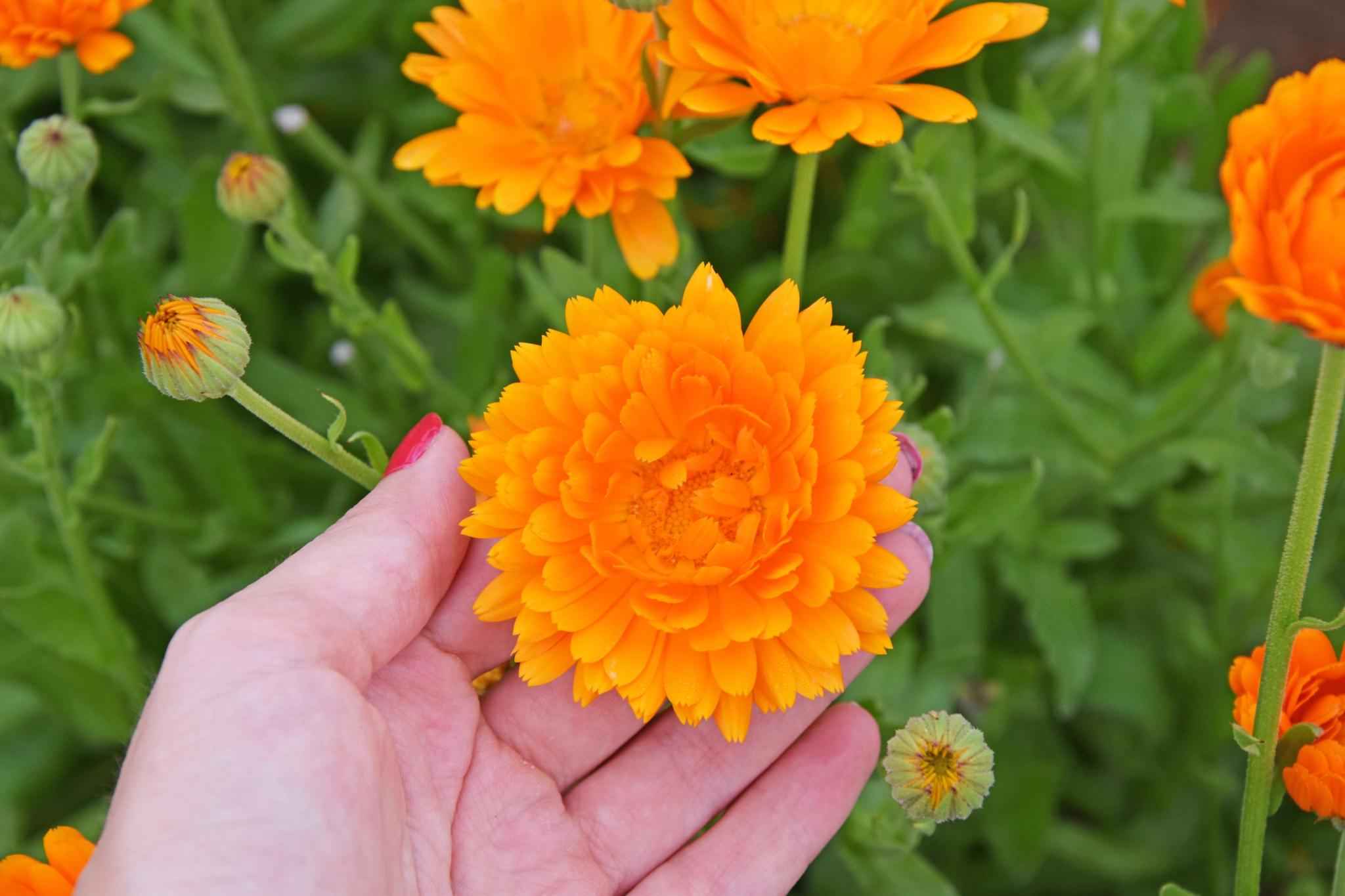
Afterwards, we learn from the first hand of Christian Birringer, the head of tinkering processing, how to make tincture. From fresh and dried plants or from individual plant parts, so-called tinctures or oil extracts are produced. The required ingredients are extracted from the plants with a mixture of bioethanol and distilled water, the dried plants are extracted with vegetable oils.

Care products by Weleda with calendula are e.g. The Calendula Care Oil, the Calendula Face Cream, the Calendula Soap, as well as the Calendula Baby Assortment. I was finally able to create my own soap, which of course contains dried calendula blossoms.
I hope I could introduce you to the Calendula as a medicinal plant and also give you an insight into the Weleda experience garden. Many thanks to Weleda for the exciting days.
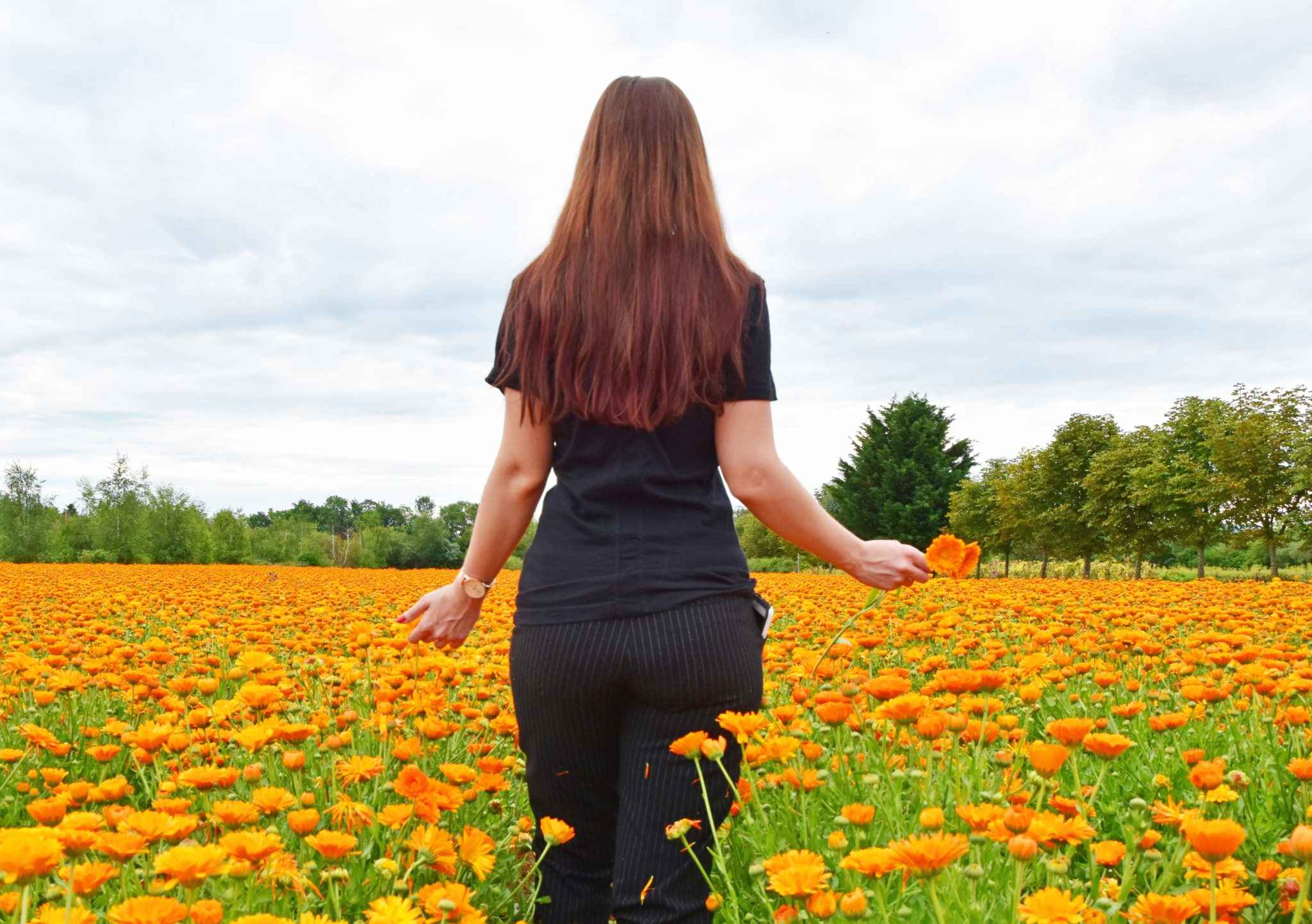

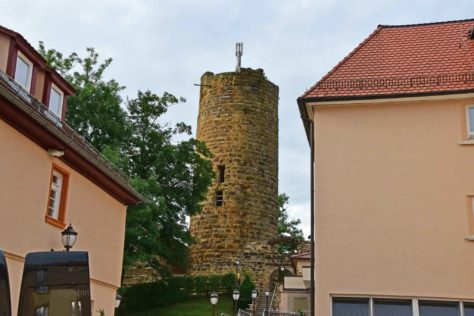
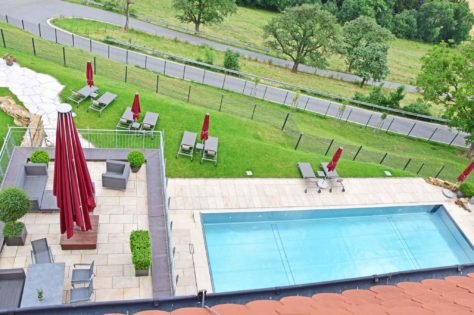
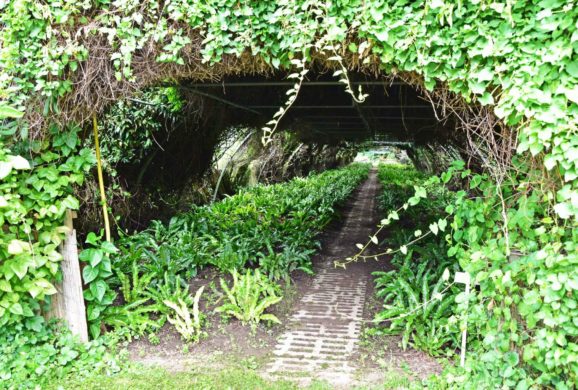
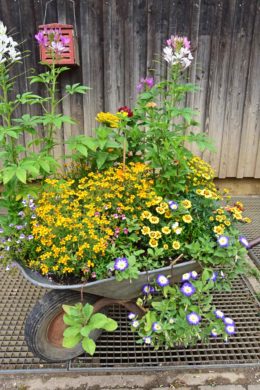
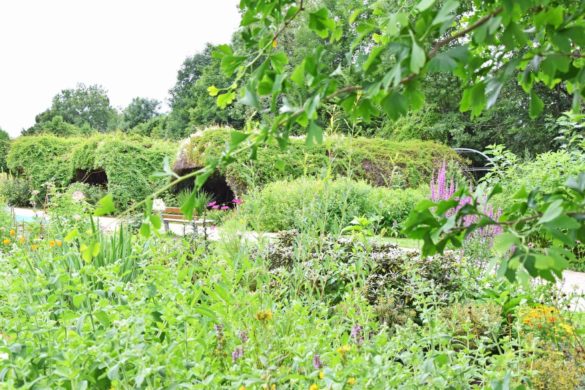
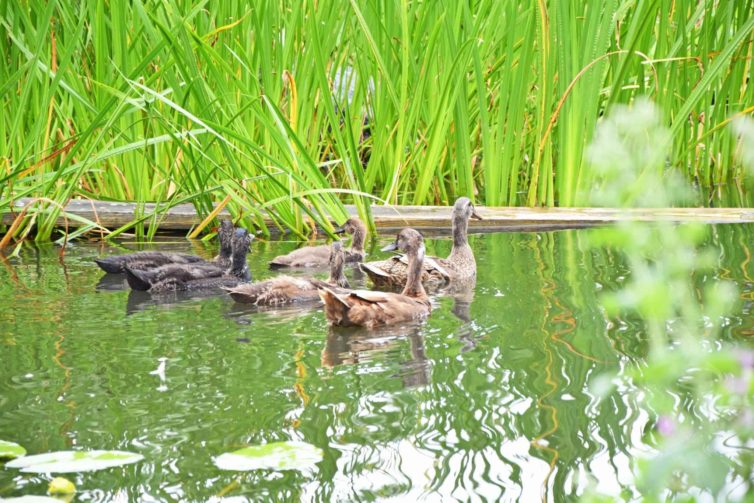
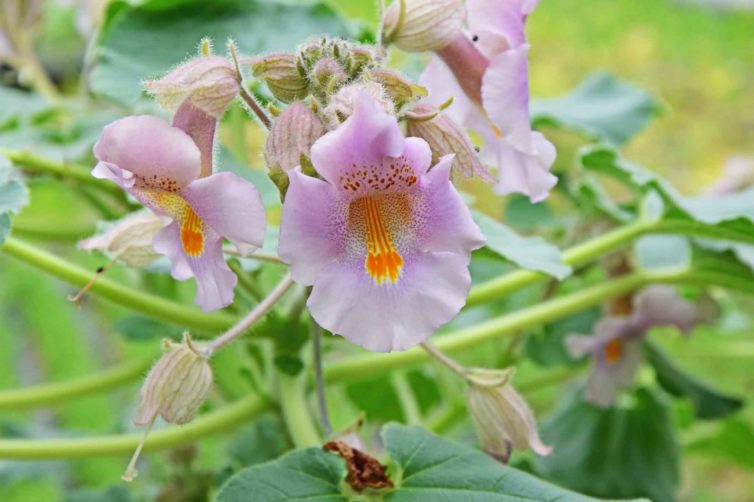
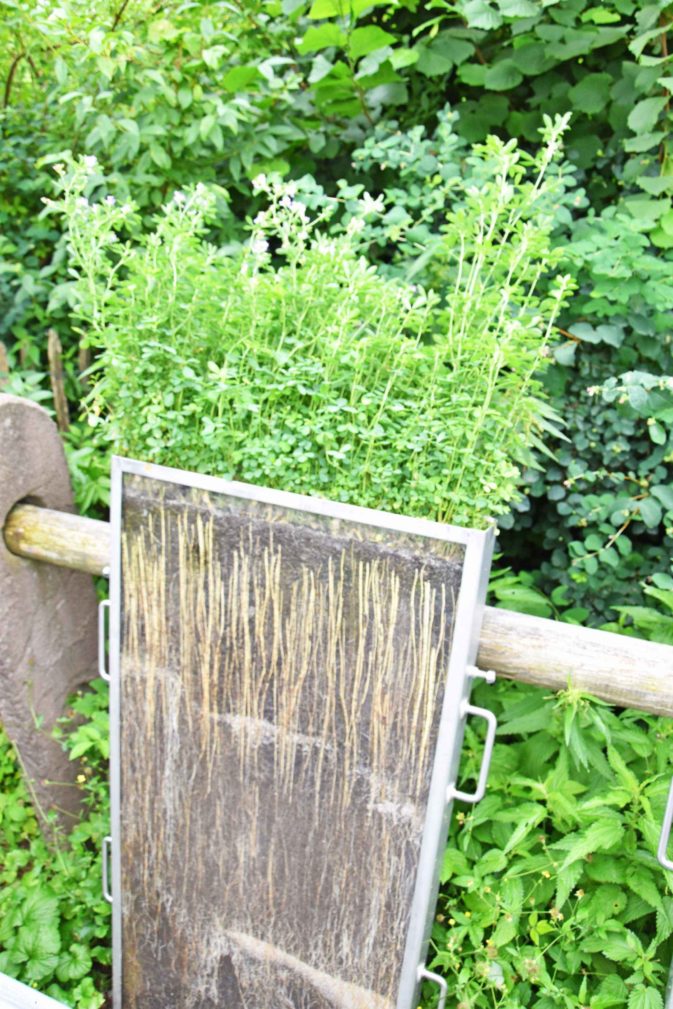
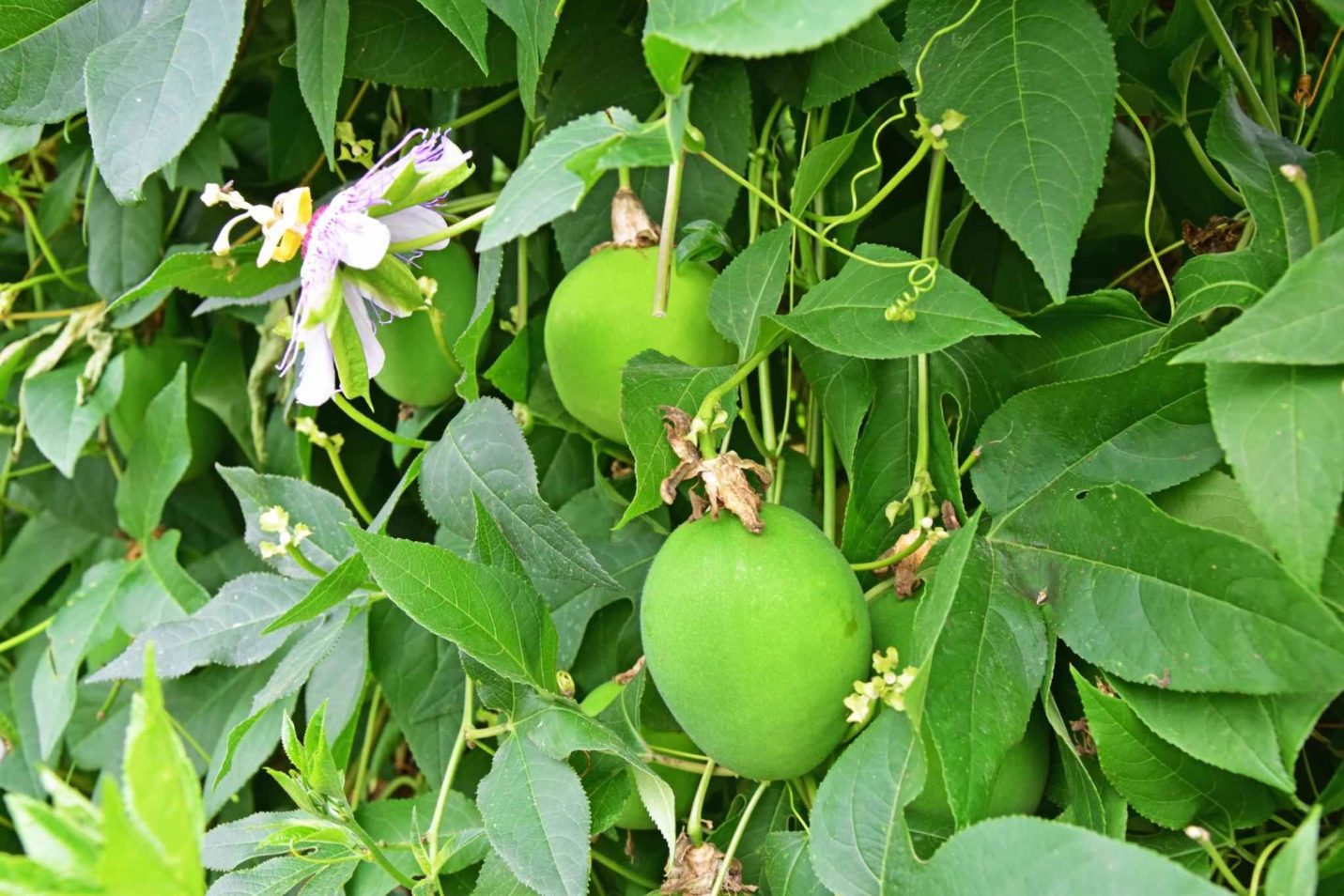
Ich bin auch totaler Ringelblumensalben-Fan!!! Ich benutze die Creme vor allem für raue Hautflächen und als Lippenbalsam vor dem Schlafengehen.
Liebst
♘ http://www.sugarpopfashion.com ♘
Ja sie ist toll die Ringelblume 😀